Optimal Timing for Caulking Service
Choosing the optimal time for caulking service ensures maximum effectiveness and longevity. Proper timing can prevent issues such as cracking, mold growth, and water infiltration, which are more likely to occur when caulking is applied during unsuitable weather conditions.
Warm temperatures and moderate humidity make spring and early summer ideal for caulking, allowing materials to cure properly.
Applying caulking during late summer or early fall can be effective, provided temperatures remain above freezing and humidity levels are manageable.
Cold temperatures can cause caulking to crack or not adhere properly. It is best to avoid caulking during winter months or in freezing conditions.
Dry days with temperatures between 40°F and 85°F and low humidity are optimal for caulking services.

Spring weather provides ideal conditions for caulking projects.

Warm summer days facilitate effective caulking application.
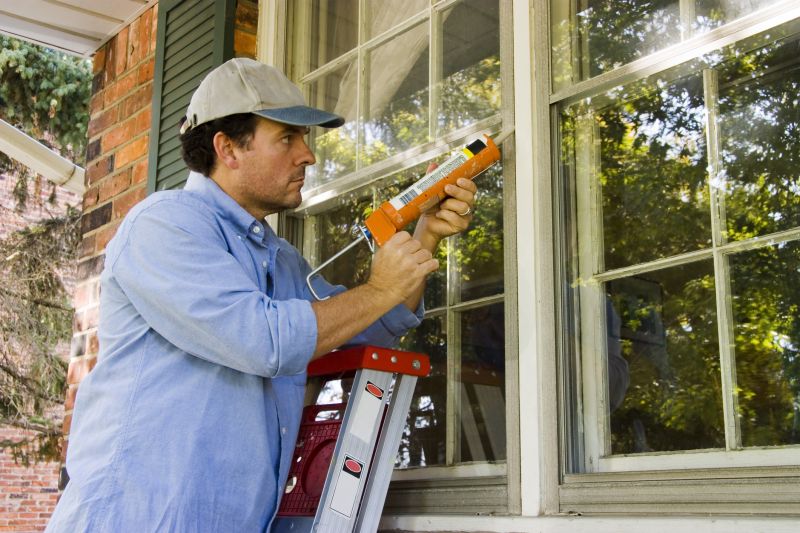
Late summer and early fall are suitable for caulking with proper weather conditions.

Cold and freezing weather should be avoided for caulking projects.
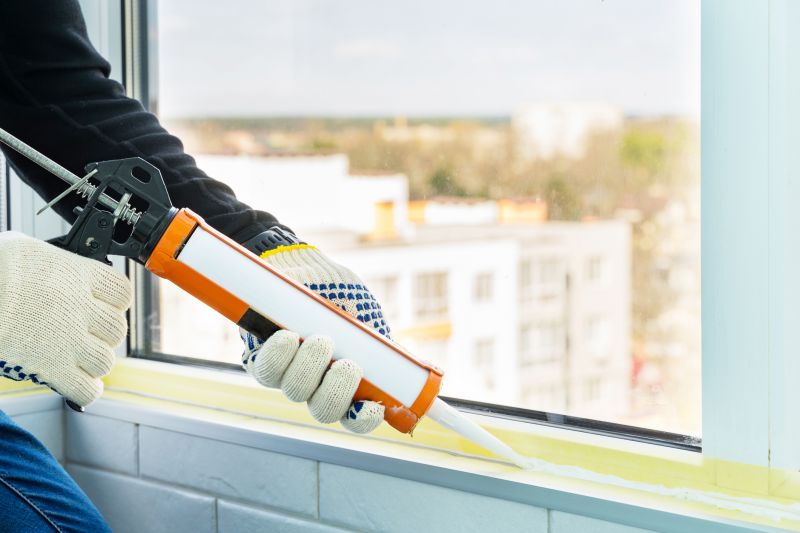
Ways to make Caulking Service work in tight or awkward layouts.
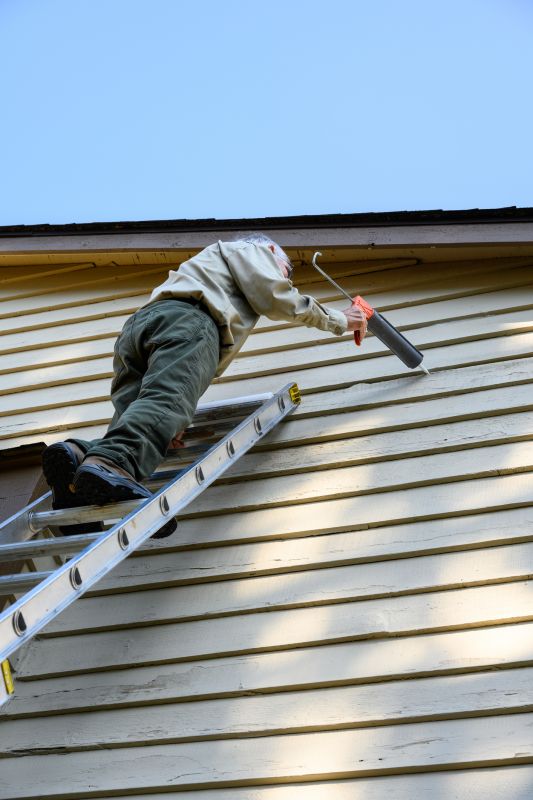
Popular materials for Caulking Service and why they hold up over time.
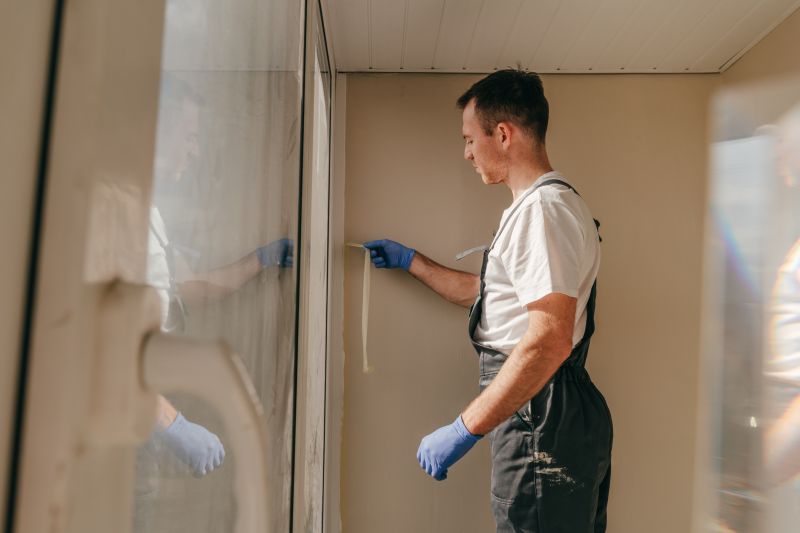
Simple add-ons that improve Caulking Service without blowing the budget.

High-end options that actually feel worth it for Caulking Service.
Caulking service involves sealing joints and gaps around windows, doors, and other building components to prevent air and water leaks. Properly applied caulking enhances energy efficiency, reduces utility costs, and prolongs the lifespan of building structures. The effectiveness of caulking depends heavily on weather conditions, surface preparation, and choice of sealant. Regular inspections and timely reapplication can prevent costly damage caused by moisture infiltration and air drafts.
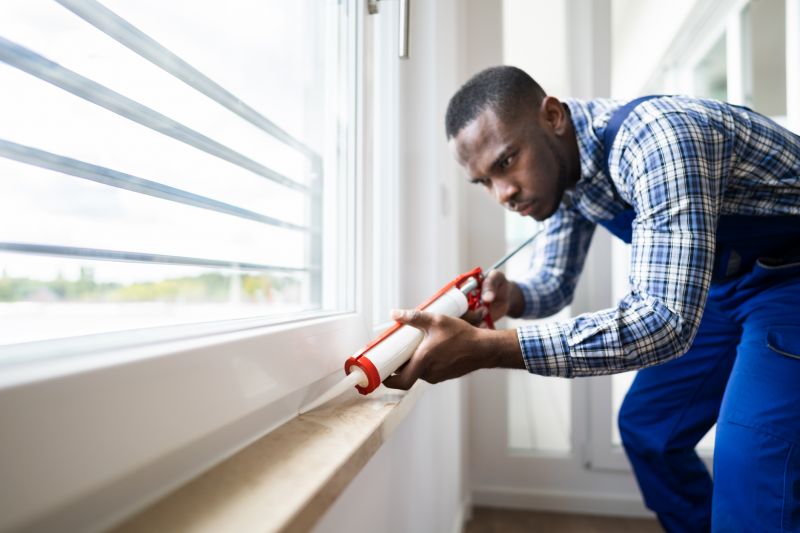
Proper application ensures durability and effective sealing.

Optimal weather supports long-lasting caulking results.
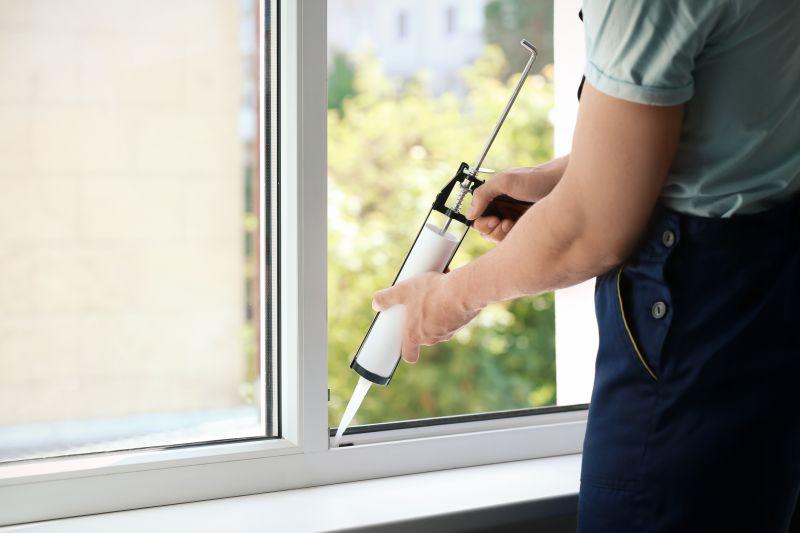
Regular checks help maintain sealing integrity over time.
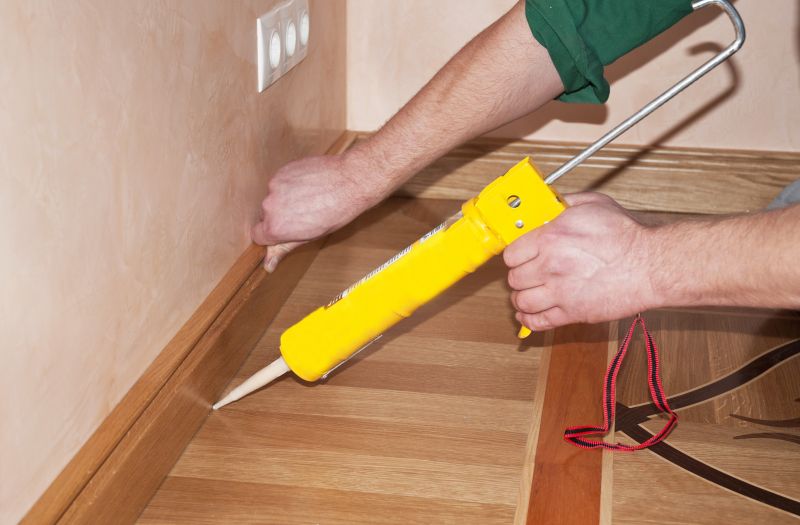
Finishes and colors that play nicely with Caulking Service.
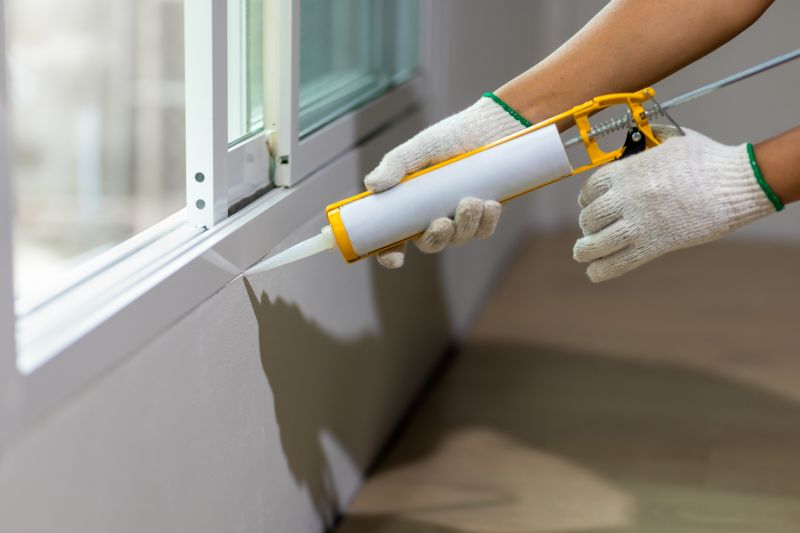
Little measurements that prevent headaches on Caulking Service day.
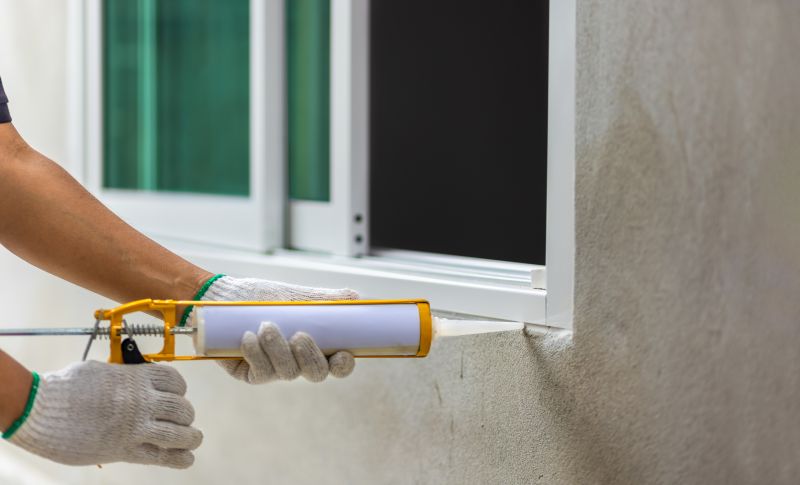
A 60-second routine that keeps Caulking Service looking new.

A frequent mistake in Caulking Service and how to dodge it.
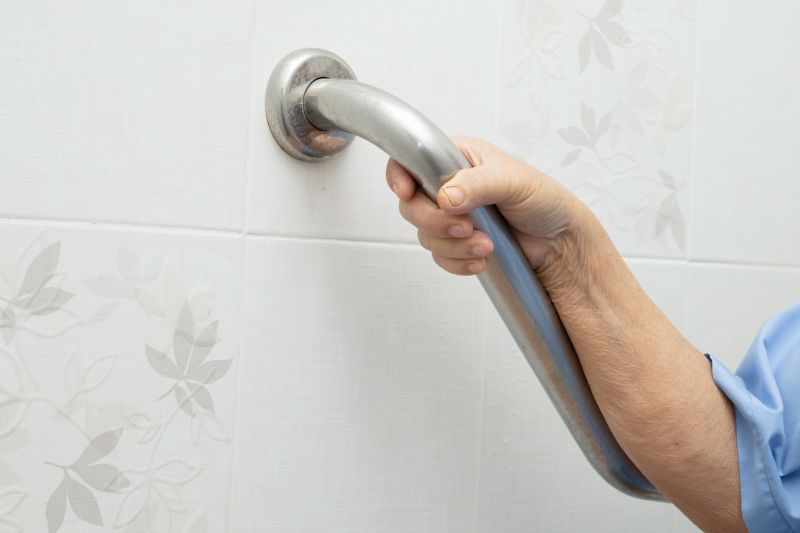
Small tweaks to make Caulking Service safer and easier to use.
| Season | Recommended Conditions |
|---|---|
| Spring | Temperatures above 40°F, moderate humidity, dry weather |
| Summer | Warm days, low humidity, no rain |
| Fall | Mild temperatures, no frost, dry conditions |
| Winter | Avoid if temperatures are below freezing |
| Post-storm | Ensure surfaces are dry before caulking |



